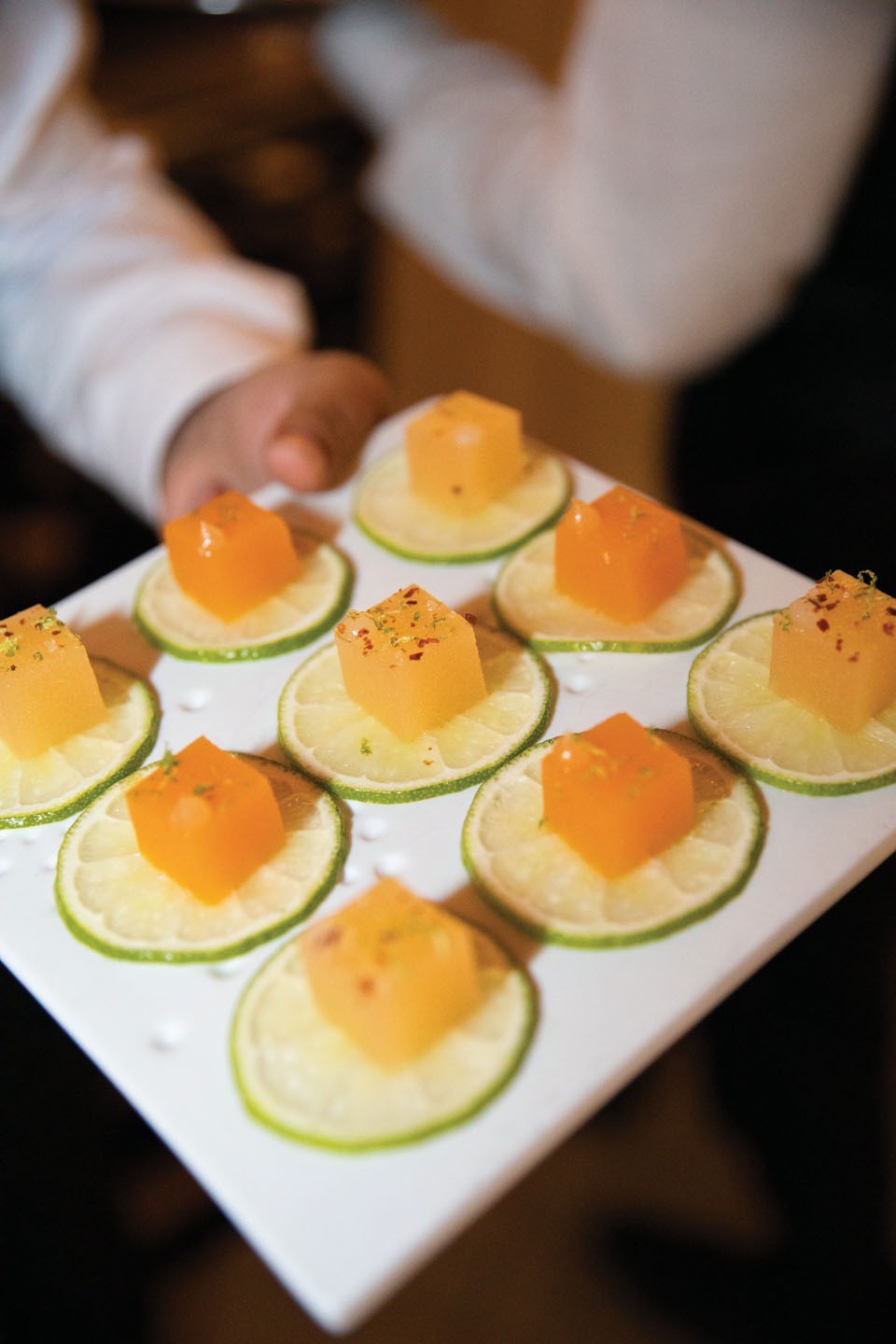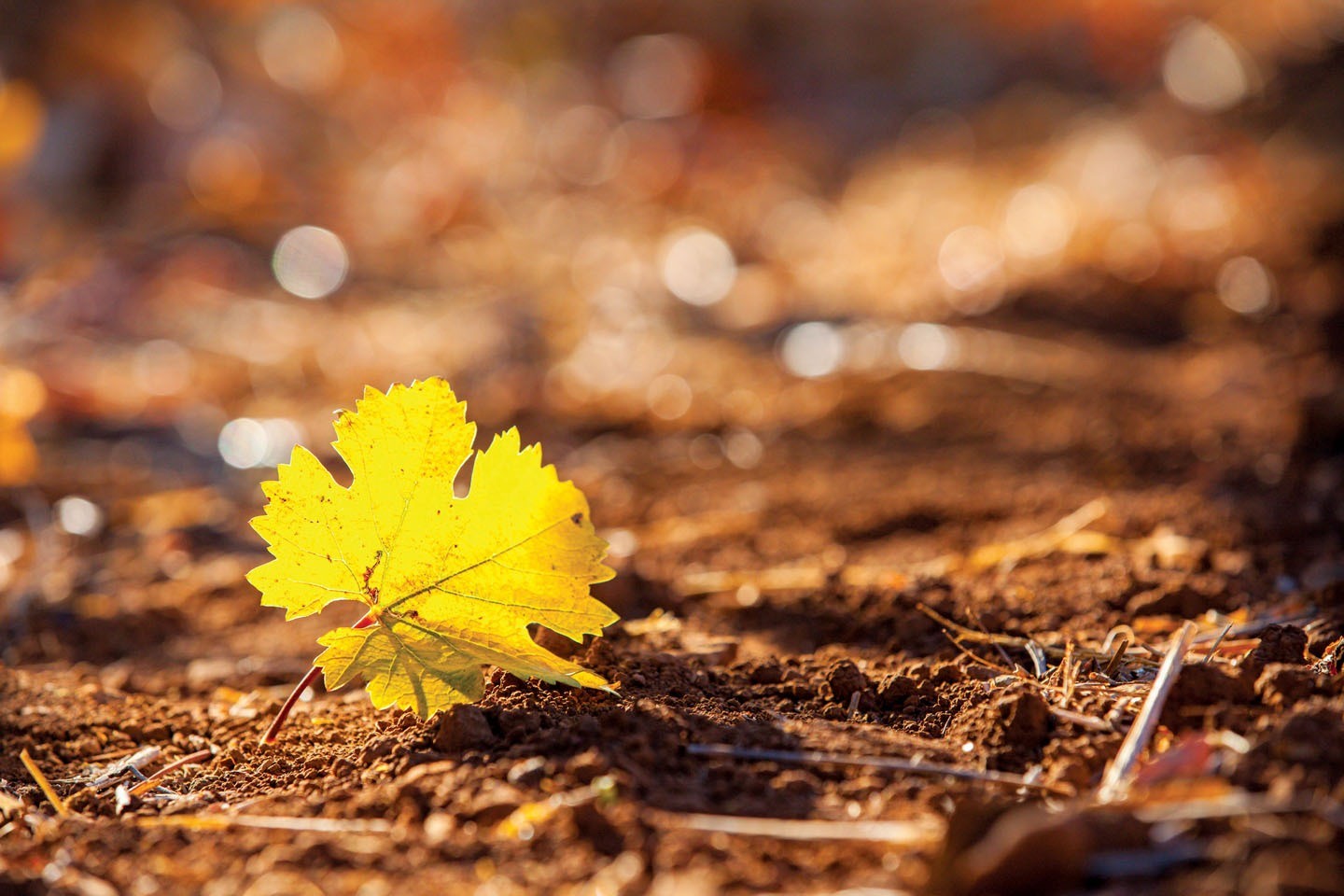The Oakville AVA (American Viticultural Area), or appellation, as it is more commonly known, is one of sixteen sub-appellations within the greater winegrowing region of Napa Valley. Each region has its own identity, and Oakville is perhaps best understood through the prism of the Goldilocks effect. Because it is in the center of the Napa Valley, it benefits from the warmer climes of the northern valley, while welcoming cool maritime breezes from the San Pablo Bay farther south. The results are emblematic: wines of power and depth (fruit ripened to full maturity) tamed by elegance and finesse (a long, cool growing season and maritime influences).
Our Oakville Estate is best known for ‘Au Paradis,’ which debuted in 2011, two years after the estate was acquired by the Michael family. On waking one morning while camping high atop the estate, Mylo Michael turned to his grandfather, Sir Peter, and asked “Are we in heaven?” As they looked out above the fog line, punctuated here and there by verdant hilltops, it did appear they were in heaven: au paradis.








